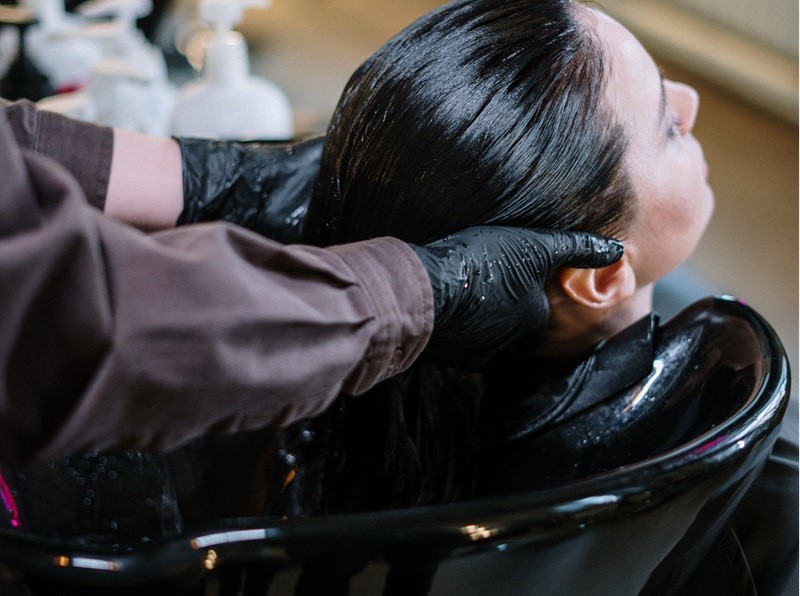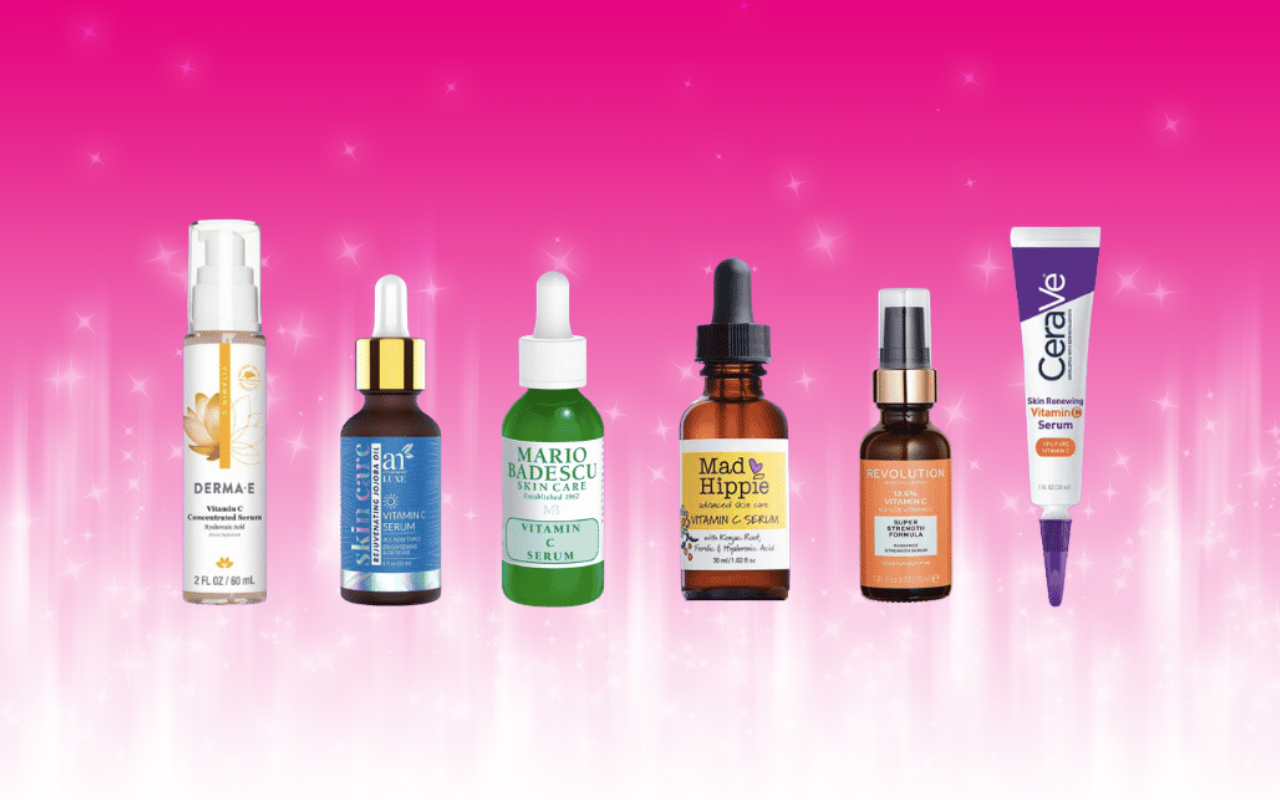Healthy, shiny hair is a symbol of beauty and vitality. But achieving that lustrous look requires more than just a quick shampoo and rinse. There’s an art to washing your hair properly, ensuring that your scalp is clean, and your strands are nourished and protected.
In this comprehensive guide, we’ll delve into the intricacies of hair washing, covering everything from choosing the right products to perfecting the technique. Whether you have fine, thick, curly, or straight hair, we’ll provide tailored advice to help you achieve your hair care goals.
Preparing for Your Hair Wash
Before you step into the shower, it’s important to get your hair and supplies ready.
Gather Your Supplies
The necessary items for a successful hair wash include:
- Ayurvedic Shampoo and conditioner: Choose products that suit your hair type. For oily hair, a clarifying shampoo is ideal. For dry hair, opt for a moisturizing shampoo and conditioner.
- Towels: One for wrapping your hair and another for drying.
- Wide-tooth comb or detangling brush: These helps prevent breakage when detangling.
- Hair clips or bands: These are useful for sectioning your hair.
- Shower cap (optional for deep conditioning): This prevents water from getting into your hair while you deep condition.
- Hair mask or deep conditioner (if desired): These provide extra nourishment for damaged or dry hair.
- Any specialized treatments (like dandruff shampoo or color-protecting products).
Choose the Right Shampoo and Conditioner
The products you use play a crucial role in hair health. Selecting the right shampoo and conditioner for your hair type can prevent damage and promote healthy growth.
- For oily hair: Choose a clarifying shampoo that removes excess oil without stripping away essential moisture.
- For dry hair: Opt for a moisturizing shampoo and conditioner that replenishes hydration and prevents dryness.
- For curly hair: Look for products specifically formulated for curly hair, which tend to be drier and more prone to breakage.
- For color-treated hair: Use a color-safe shampoo and conditioner to protect your hair color from fading.
- For sensitive scalps: Choose sulfate-free and fragrance-free products to avoid irritation.
Detangle Your Hair
Before wetting your hair, gently detangle it using a wide-tooth comb or detangling brush. Start from the ends and work your way up to avoid causing breakage. This step is especially important for curly or thick hair, as it prevents knots from forming during shampooing.
Pre-Oil Treatment (Optional)
If your hair is particularly dry or damaged, you may consider using a pre-oil treatment. Apply your preferred oil (coconut, argan, or jojoba oil) to your hair and scalp, gently massage it in, and let it sit for about 30 minutes before washing. This helps replenish moisture and protect your hair from the drying effects of shampoo.
Step-by-Step: How to Wash Hair Properly
Now that you’re prepared, let’s walk through the steps of washing your hair properly.
Wetting and Initial Rinsing
- Start with warm water: Hot water can strip away natural oils, making hair dry and brittle. Warm water provides a gentle cleansing without causing damage.
- Rinse thoroughly: Wet your hair completely, ensuring that all strands are saturated with water. This opens up the hair cuticles and prepares them for shampooing.
Applying Shampoo
- Use a small amount: Contrary to popular belief, you don’t need a lot of shampoo. A dollop the size of a quarter is usually sufficient for medium-length hair.
- Focus on the scalp: Apply the shampoo directly to your scalp and massage it gently with your fingertips. The shampoo will lather and spread through the lengths of your hair as you rinse.
- Avoid harsh scrubbing: Excessive scrubbing can damage the hair follicles. Use gentle circular motions to cleanse the scalp without causing irritation.
Rinsing the Shampoo
- Rinse thoroughly: Rinse your hair completely until the shampoo is all gone. Any remaining shampoo residue can build up and cause scalp irritation or dryness.
- Squeeze out excess water: Gently squeeze your hair to remove excess water without rubbing. Rubbing can lead to tangles and breakage.
Applying Conditioner
- Start at the ends: Apply the conditioner to the ends of your hair and work your way up to the mid-lengths, avoiding the roots. Conditioner is meant to moisturize the hair shaft, not the scalp.
- Comb through: Use a wide-tooth comb to distribute the conditioner evenly through your hair. This helps detangle any remaining knots and ensures that the conditioner reaches all strands.
Rinse the Conditioner
- Rinse thoroughly: Rinse your hair with cool water to remove all traces of the conditioner. Cool water helps seal the hair cuticles, locking in moisture and promoting shine.
- Squeeze out excess water: Gently squeeze your hair to remove excess water without rubbing. Wrap your hair in a towel to absorb any remaining moisture.
Hair Drying and Styling
- Air-dry if possible: Air-drying is the healthiest way to dry your hair, particularly for fine or damaged hair. Avoid using a hairdryer on a high heat setting as it can lead to heat damage.
- Use a microfiber towel: If you choose to towel-dry your hair, use a microfiber towel, which is gentler on the hair shaft and prevents frizz.
- Hairstyle with care: Once your hair is dry, style it as desired using heat-protective products if needed. Avoid using heated styling tools daily as they can damage your hair over time.
- Rinse the Conditioner: Rinse thoroughly: Rinse your hair with cool water to remove all traces of the conditioner. Cool water helps seal the hair cuticles, locking in moisture and promoting shine. Squeeze out excess water: Gently squeeze your hair to remove excess water without rubbing. Wrap your hair in a towel to absorb any remaining moisture.
Hair Drying and Styling
- Air-dry if possible: Air-drying is the healthiest way to dry your hair, particularly for fine or damaged hair. Avoid using a hairdryer on a high heat setting as it can lead to heat damage.
- Use a microfiber towel: If you choose to towel-dry your hair, use a microfiber towel, which is gentler on the hair shaft and prevents frizz.
Conclusion
By following these tips and techniques, you can ensure that you’re washing your hair properly and promoting healthy, beautiful hair. Remember, everyone’s hair is different, so experiment and find what works best for you. And most importantly, enjoy the process of taking care of your locks!






